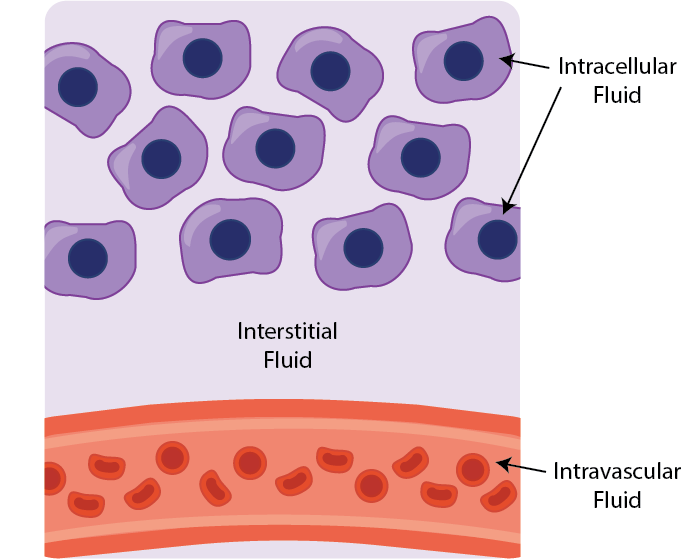
Body weight was measured to the nearest 1 g. After a control blood sample (5 ml) was taken, subjects emptied their bladders and entered another environmental chamber (36☌, <30% rh). On the day of the experiment, subjects reported to the laboratory normally hydrated but without breakfast, then entered an environmental chamber and rested in the sitting position for 30 min at a thermoneutral temperature. We hypothesized that a lower sweat would be accompanied by a smaller reduction in plasma water loss during dehydration.Ībout 1-2 weeks before the experiment, maximal aerobic power ( ) (cycle ergometer) and plasma volume were measured on each subject. The purpose of this study was to clarify the effect of sweat on water mobilization from the ICF compartment in conditions of thermal stress. However, there is no experimental evidence that shows a relation between and water mobilization from the ICF space.

It is well known that sweat decreases during the process of heat acclimation (Kirby and Convertino, 1986 Locke et al., 1951). These results suggest the necessity of measuring electrolyte balance to analyze water balance between fluid compartments. Water movement might be linked to the electrolyte losses from each compartment, as suggested by Nose et al. (1986) reported that in rats a higher water loss occurred from the extracellular fluid (ECF) space than from the ICF space during dehydration of 10% body wt. There would then be less mobilization of water from the intracellular fluid (ICF) space due to the smaller increase of extracellular osmolality. Costill (1977) ascribed the relatively greater plasma water loss to movement accompanying the major ions lost in sweat and urine, which are those of the extracellular compartment.

Senay (1979) recently reviewed the dehydration literature and reported that water appeared to be lost from the plasma at a rate one to five times that of other fluid compartments during dehydration. Among the possible compensations is the body's ability to mobilize water from the extravascular to the intravascular space (Miki et al., 1983b Mohsenin and Gonzalez, 1984 Morimoto et al., 1981 Nose et al., 1983).

A reduction of the central circulating blood volume, due either to hypovolemia accompanying dehydration or dilation of the peripheral vasculature, results in a fall in cardiac filling pressure and stroke volume and, if uncompensated, also in cardiac output (Fortney et al., 1983 Miki et al., 1983a). Maintenance of blood volume is important for optimal regulation of both arterial blood pressure and body temperature during exercise and thermal stress (Fortney et al., 1981a,b Fortney et al., 1983 Nadel, 1984).


 0 kommentar(er)
0 kommentar(er)
